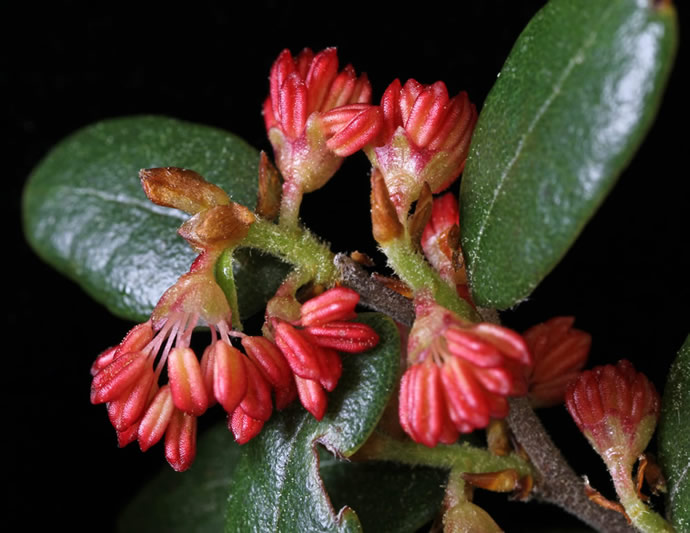Remote sensing to predict beech masting events
This year a new remote sensing method has been developed at Manaaki Whenua to identify when beech trees flower.
This work is especially useful to predict the likelihood of prolific seed seasons known as beech masts, which have obvious implications for vertebrate pest control.
As part of the Advanced Remote Sensing of Aotearoa programme, our researchers have found that in the visible spectrum, red flowers add to the green leaves to produce a distinct yellowing of the canopy. The degree of yellowing may be assessed from the index (red-green) and may be used to estimate the density of flowering, which can then be further related to seed-fall density.
The Department of Conservation (DOC) has provided their national beech seed-fall dataset to enable these relationships to be investigated. If the relationships are strong, it may be possible to produce a national map predicting autumn seed-fall for DOC to use to make their pest control more efficient, given that mast years mean more rodents, vastly increasing pest control costs across the country.

